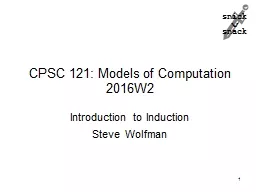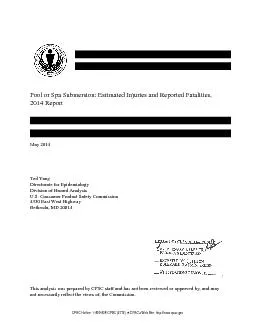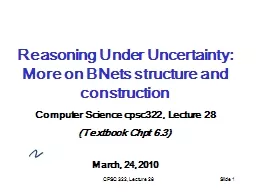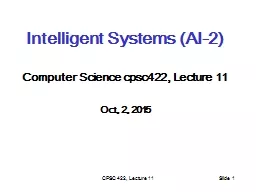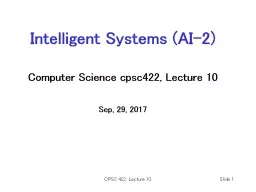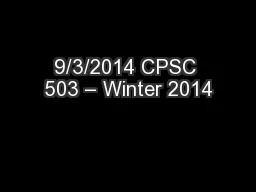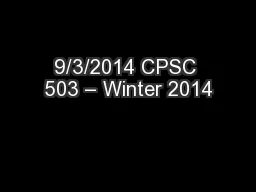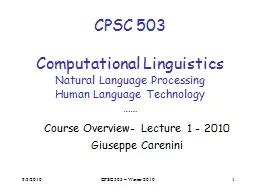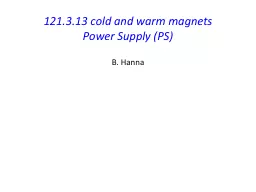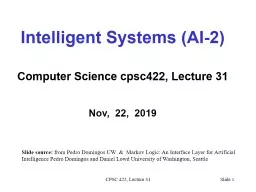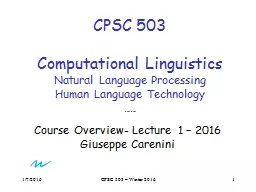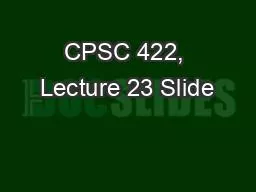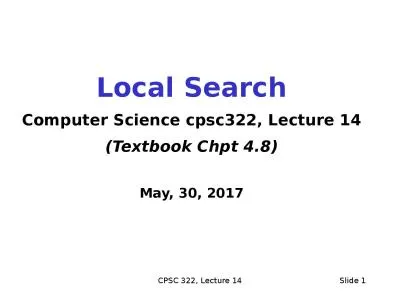PPT-CPSC 121: Models of Computation
Author : olivia-moreira | Published Date : 2017-06-17
2016W2 Introduction to Induction Steve Wolfman 1 Outline Prereqs Learning Goals and Quiz Notes Bonus Prelude A Pattern for Induction Problems and Discussion SingleElimination
Presentation Embed Code
Download Presentation
Download Presentation The PPT/PDF document "CPSC 121: Models of Computation" is the property of its rightful owner. Permission is granted to download and print the materials on this website for personal, non-commercial use only, and to display it on your personal computer provided you do not modify the materials and that you retain all copyright notices contained in the materials. By downloading content from our website, you accept the terms of this agreement.
CPSC 121: Models of Computation: Transcript
Download Rules Of Document
"CPSC 121: Models of Computation"The content belongs to its owner. You may download and print it for personal use, without modification, and keep all copyright notices. By downloading, you agree to these terms.
Related Documents

